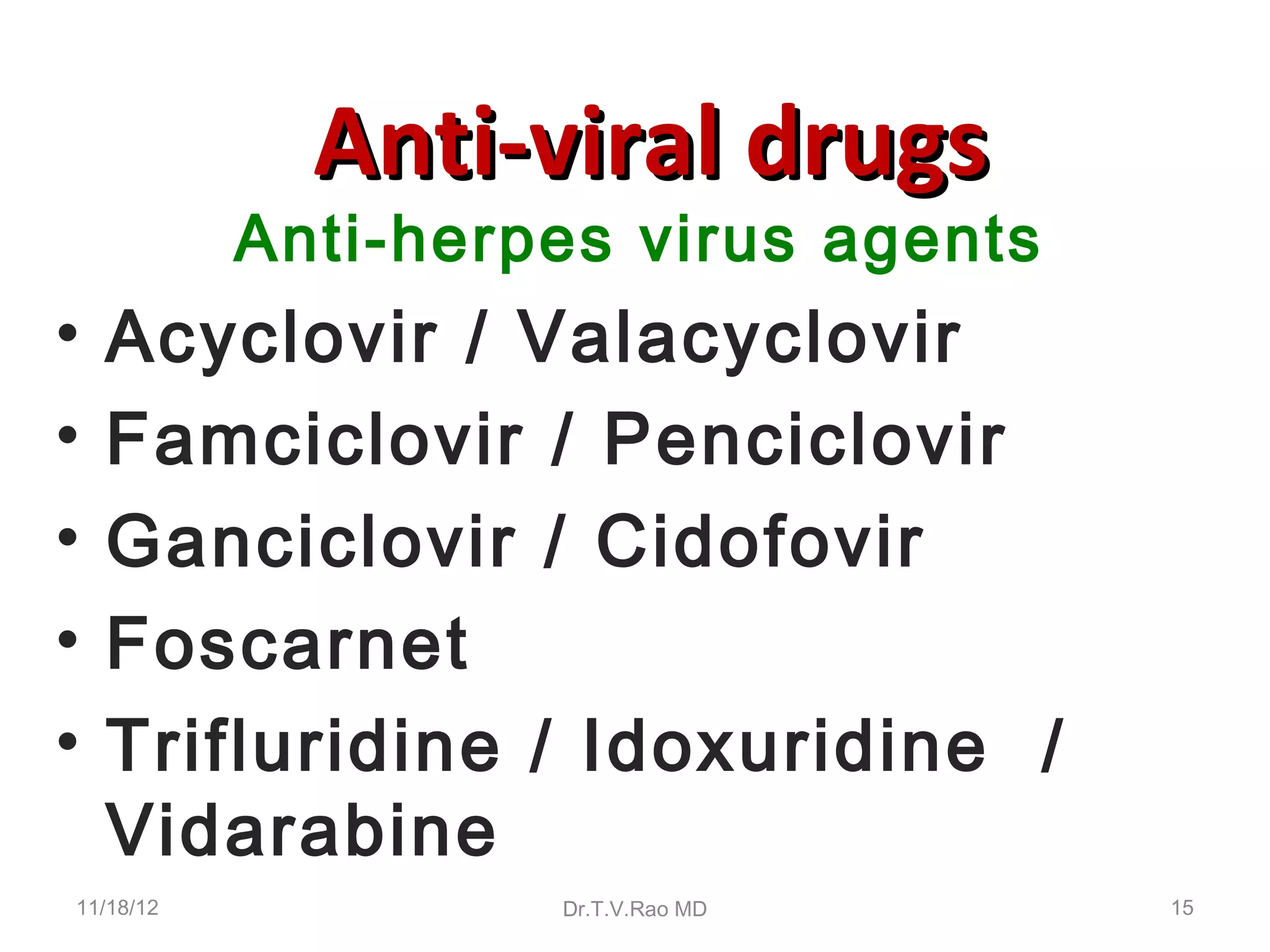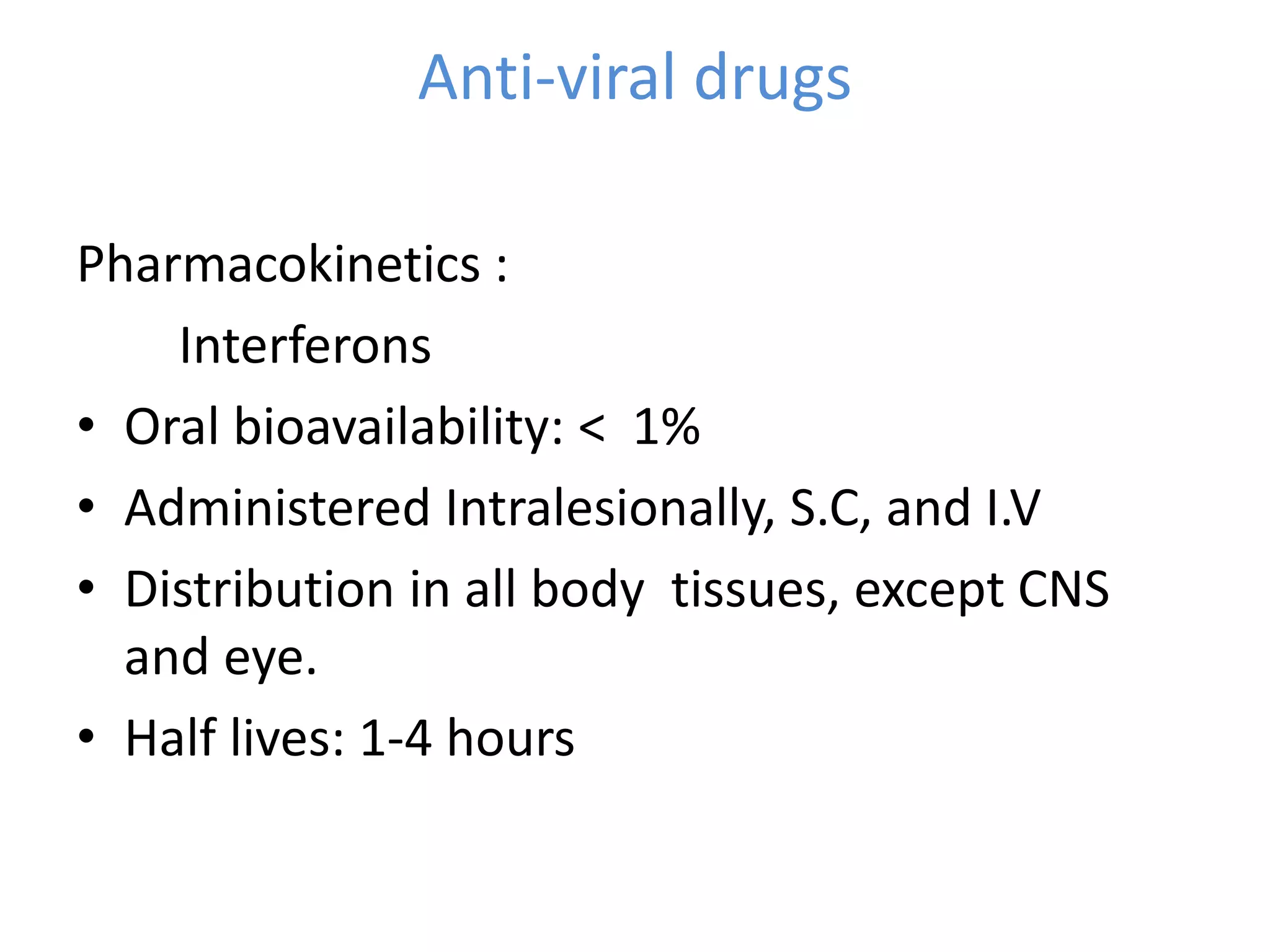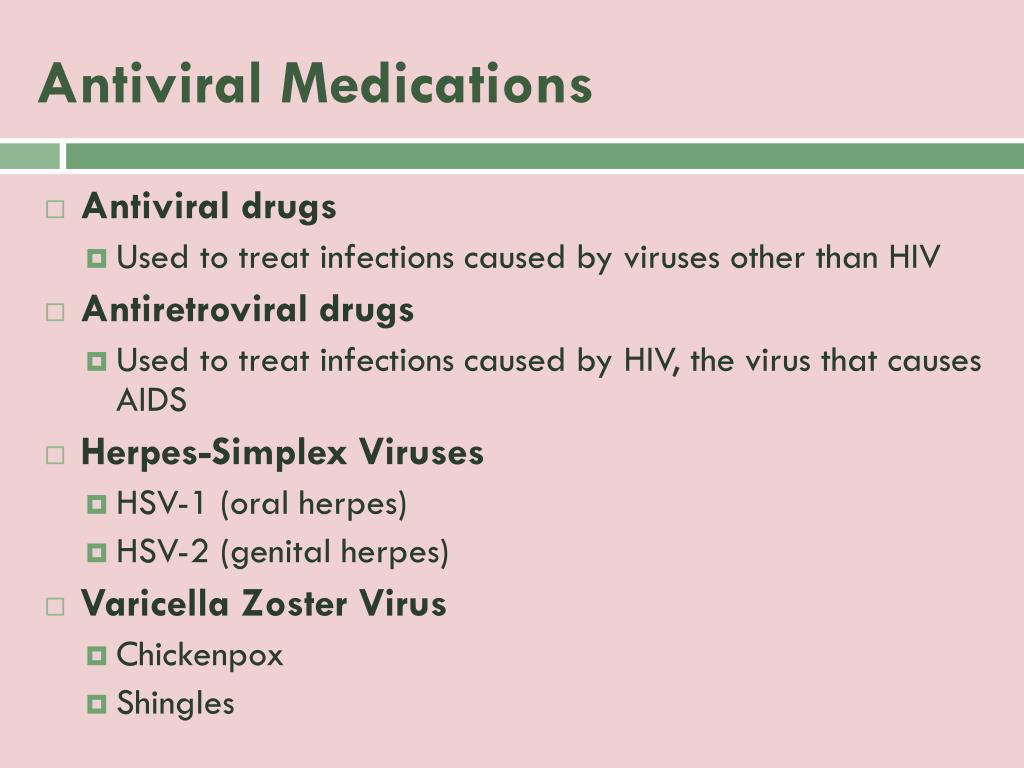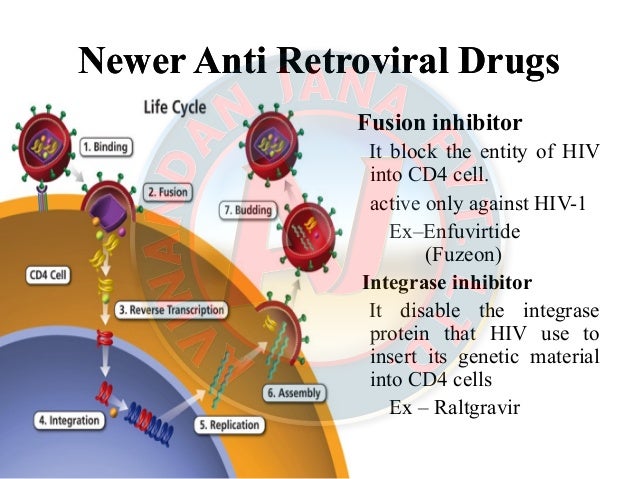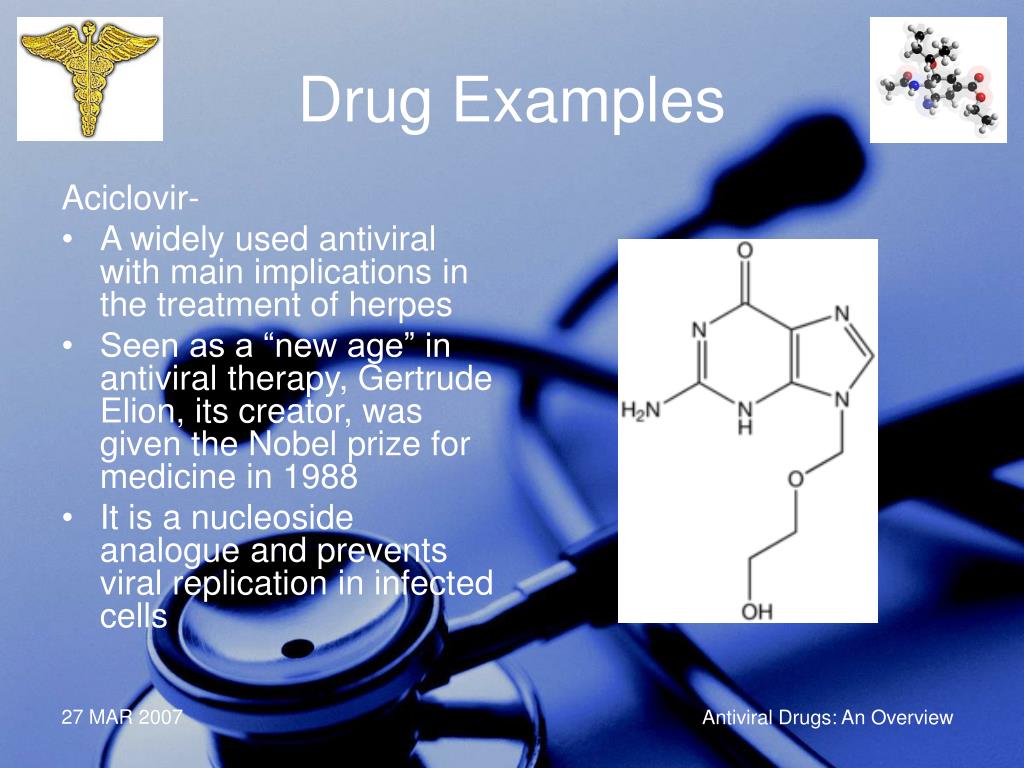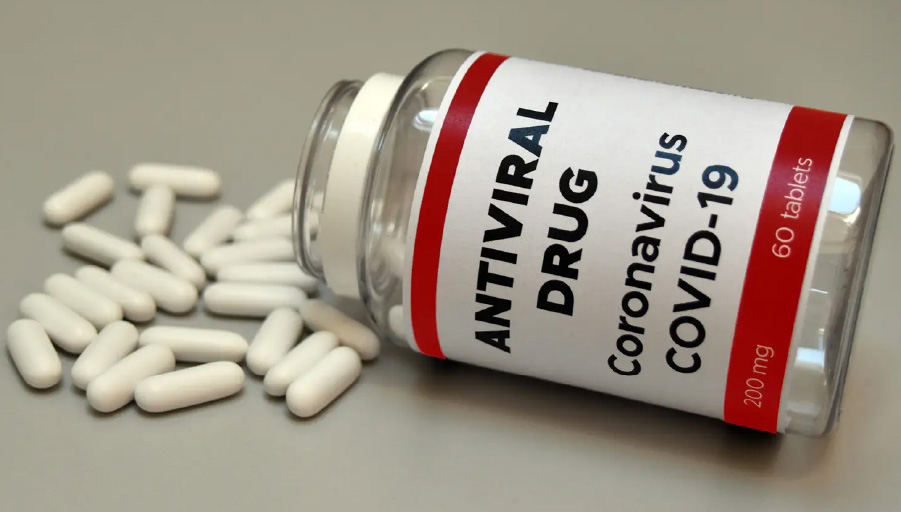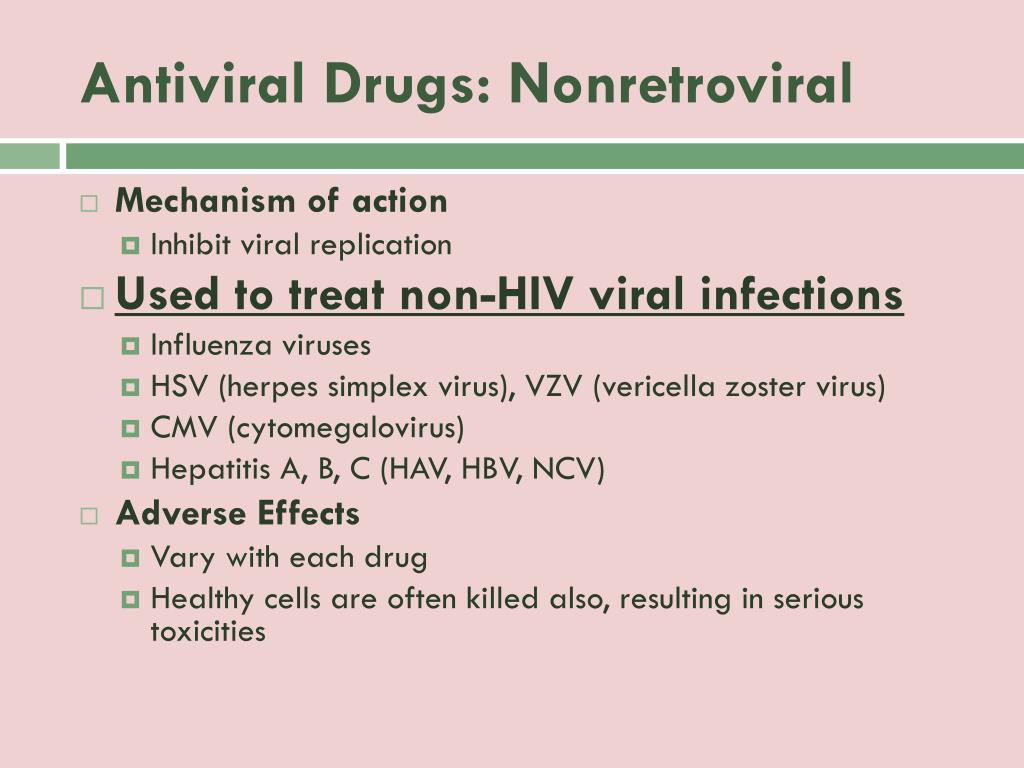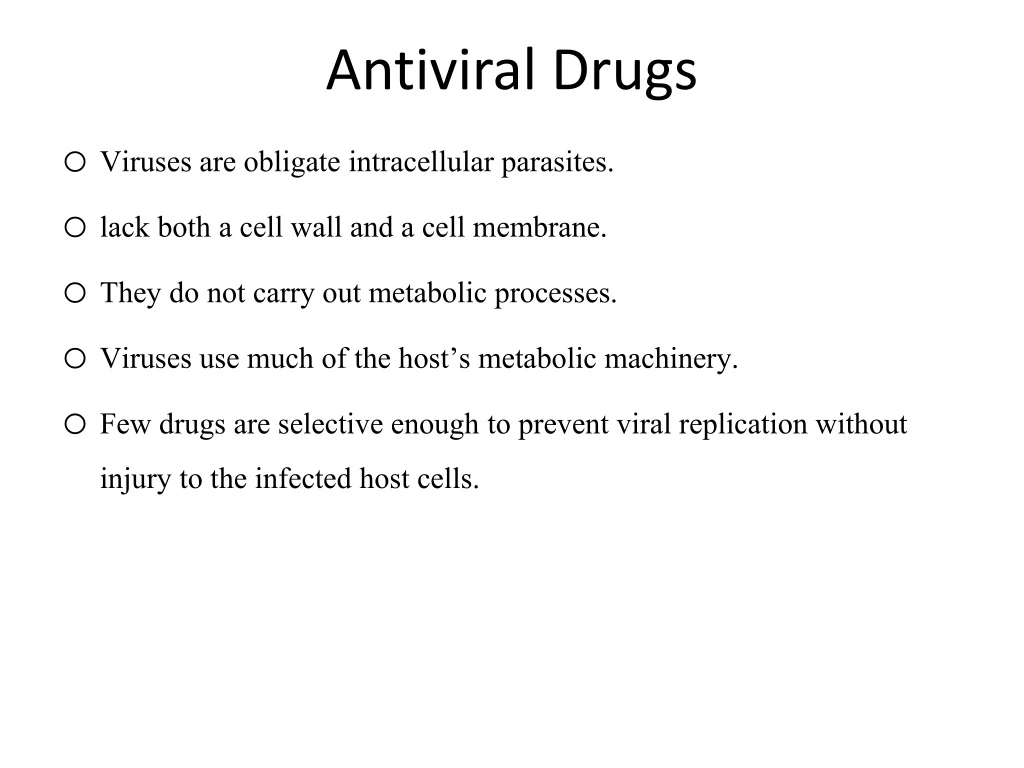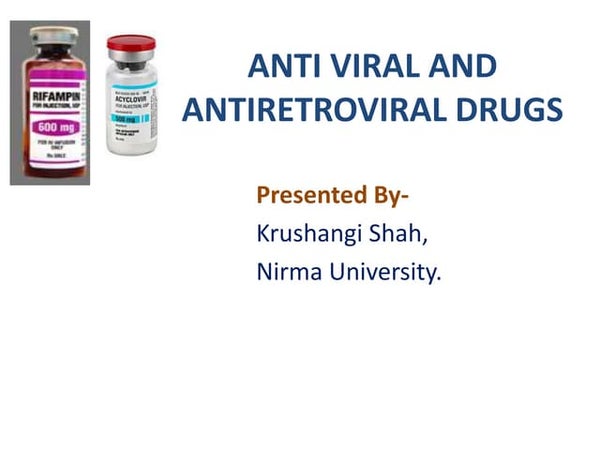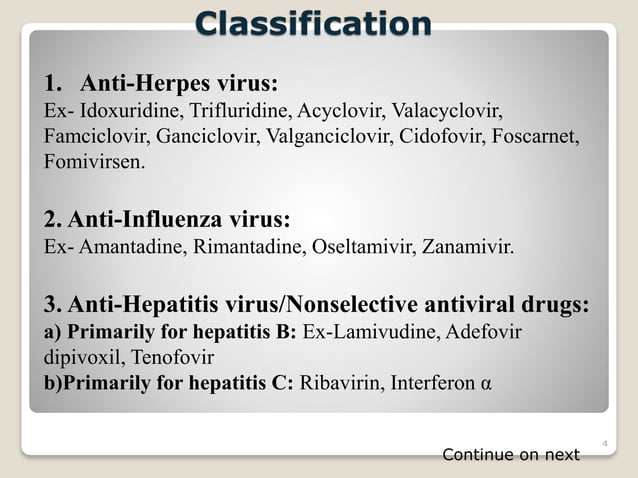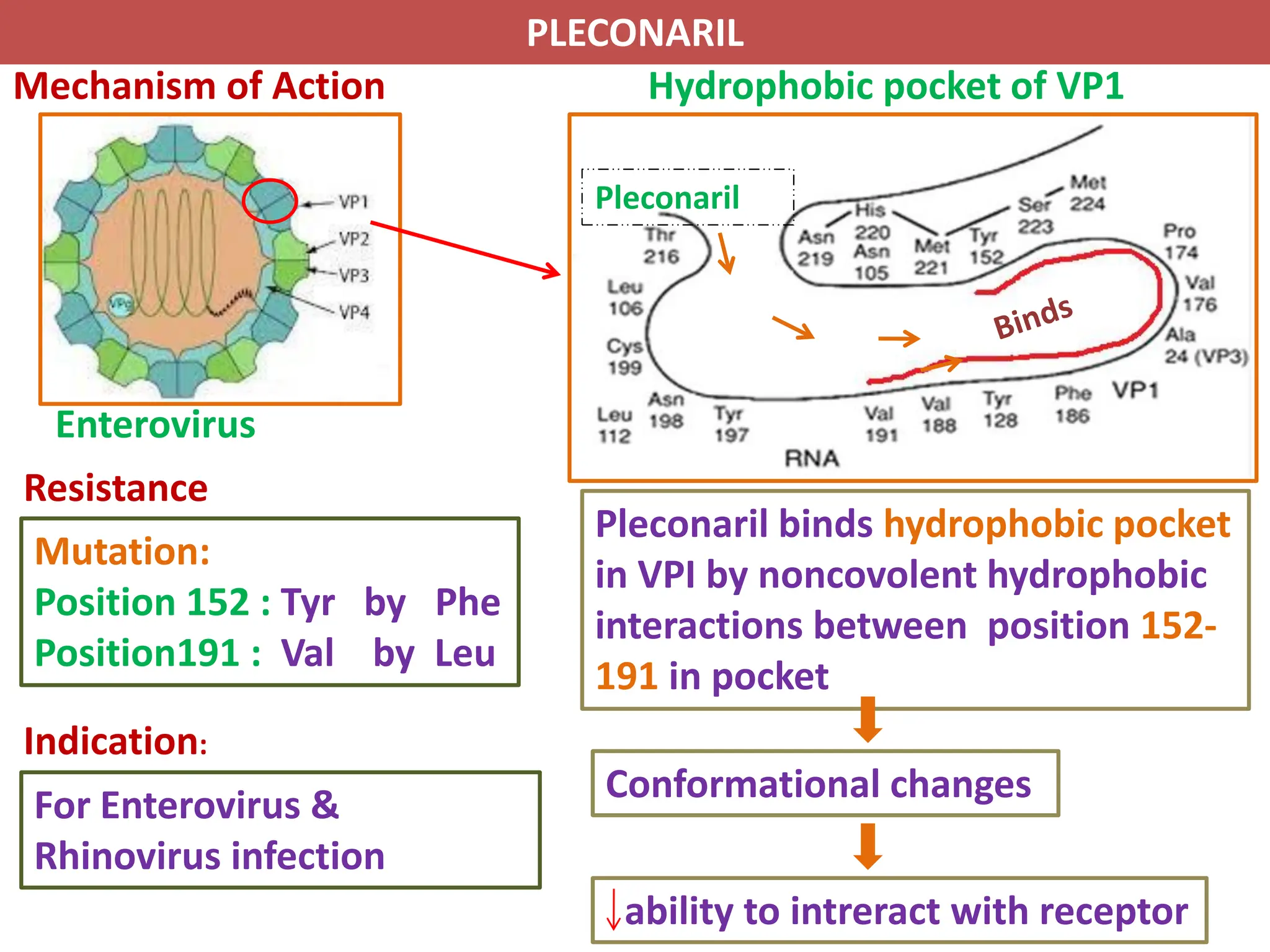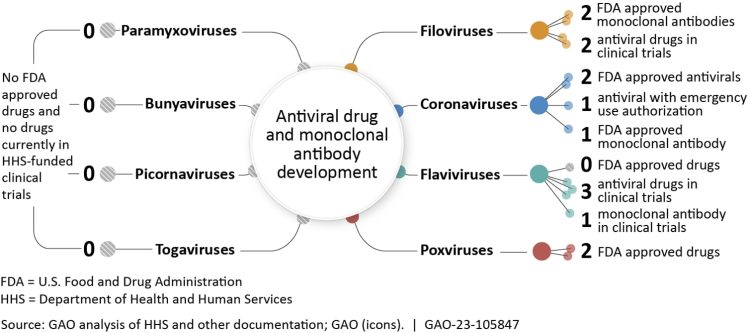An Ideal Antiviral Drug Would Be One That

Imagine a world without the shadow of viral pandemics looming. Picture doctors wielding a drug that, with surgical precision, targets viruses without harming the body's delicate ecosystem. It's a scene straight out of science fiction, perhaps, but it's a vision that fuels the relentless pursuit of the ideal antiviral drug.
The quest for such a drug, one that exhibits broad-spectrum activity, minimal side effects, and a high barrier to resistance, is a central challenge in modern medicine. This article delves into the intricate science behind antiviral drug development, exploring the characteristics of an ideal antiviral and the obstacles researchers face in achieving this ambitious goal. We'll examine current research, historical context, and the hopeful prospects for future breakthroughs.
The Hallmarks of an Ideal Antiviral
What exactly defines an 'ideal' antiviral? It’s a multi-faceted concept that goes beyond simply killing a virus. An ideal antiviral should possess several crucial characteristics.
First and foremost, it needs to be broad-spectrum. This means it can effectively target a wide range of viruses, not just a single strain or type. This would be invaluable in situations where the exact causative virus is unknown or when dealing with emerging viral threats.
It should also exhibit high specificity. The drug needs to target viral components specifically, leaving the host cells unharmed. This minimizes side effects and reduces the risk of toxicity.
Another key factor is a high barrier to resistance. Viruses are masters of adaptation, and they can quickly develop resistance to antiviral drugs through mutations. An ideal antiviral should be designed to minimize the likelihood of resistance development.
Finally, the drug should be bioavailable, easily administered, and affordable. It's no good having the perfect drug if it's inaccessible to the people who need it most.
The Current Reality: A Mixed Bag
While the ideal antiviral remains elusive, significant progress has been made in the development of antiviral drugs. Many effective antivirals exist, targeting specific viruses like HIV, influenza, and herpesviruses.
Oseltamivir (Tamiflu), for example, is a neuraminidase inhibitor used to treat influenza. It works by preventing the virus from spreading to other cells in the body. Similarly, acyclovir is a well-known antiviral used to treat herpes simplex virus infections, such as cold sores and genital herpes.
However, these drugs often fall short of the 'ideal' criteria. They typically target a narrow range of viruses and can have significant side effects. The development of resistance is also a constant concern.
For example, influenza viruses are notorious for their ability to mutate and develop resistance to antiviral drugs. This necessitates the constant development of new vaccines and antiviral therapies.
The Science Behind Antiviral Development
Developing antiviral drugs is a complex and challenging process. It begins with identifying potential drug targets within the virus's lifecycle.
These targets could include viral enzymes, proteins involved in viral entry, or components required for viral replication. Researchers then use various techniques, such as high-throughput screening and computer-aided drug design, to identify compounds that can inhibit these targets.
The next step is to test these compounds in preclinical studies, using cell cultures and animal models to assess their efficacy and safety. If a compound shows promise in preclinical studies, it can then be tested in clinical trials in humans.
Clinical trials are conducted in three phases. Phase I trials focus on safety, Phase II trials assess efficacy, and Phase III trials compare the new drug to existing treatments. The entire process, from target identification to drug approval, can take many years and cost billions of dollars.
Challenges in Antiviral Drug Development
Several challenges make antiviral drug development particularly difficult. One of the biggest challenges is the rapid mutation rate of viruses. This can lead to the development of resistance to antiviral drugs.
Another challenge is the difficulty in targeting viruses without harming host cells. Viruses use host cell machinery to replicate, so it can be difficult to find drug targets that are specific to the virus.
Furthermore, the immune system plays a crucial role in controlling viral infections. Antiviral drugs need to work in concert with the immune system to effectively clear the virus. Developing drugs that can enhance the immune response is an area of active research.
The Future of Antiviral Therapy
Despite the challenges, there is reason to be optimistic about the future of antiviral therapy. New technologies, such as CRISPR gene editing and RNA interference, are offering new ways to target viruses. These technologies can be used to disrupt viral replication or to enhance the host's immune response.
Researchers are also exploring the use of broadly neutralizing antibodies. These antibodies can bind to a wide range of viral strains, providing protection against multiple variants. This approach is being pursued for viruses like HIV and influenza.
Another promising area of research is the development of host-directed therapies. These therapies target host cell factors that are required for viral replication. By targeting the host, rather than the virus, it may be possible to overcome the problem of drug resistance.
For example, some researchers are investigating the use of interferons, which are naturally produced by the body in response to viral infections. Interferons can activate the immune system and inhibit viral replication.
Conclusion: A Vision of Hope
The search for the ideal antiviral drug is a marathon, not a sprint. The journey is fraught with challenges, but the potential rewards are immense. The development of a broad-spectrum antiviral with minimal side effects and a high barrier to resistance would be a game-changer in the fight against viral diseases.
While the ideal antiviral may still be a distant dream, the progress made in recent years is encouraging. With continued investment in research and the development of new technologies, we can move closer to a future where viral pandemics are a thing of the past. The pursuit of this goal is not just a scientific endeavor, it's a humanitarian imperative.
And as we continue to strive for this ideal, the lessons learned from past successes and failures will undoubtedly pave the way for future breakthroughs, ultimately offering hope and protection in a world constantly threatened by the ever-evolving viral landscape.
